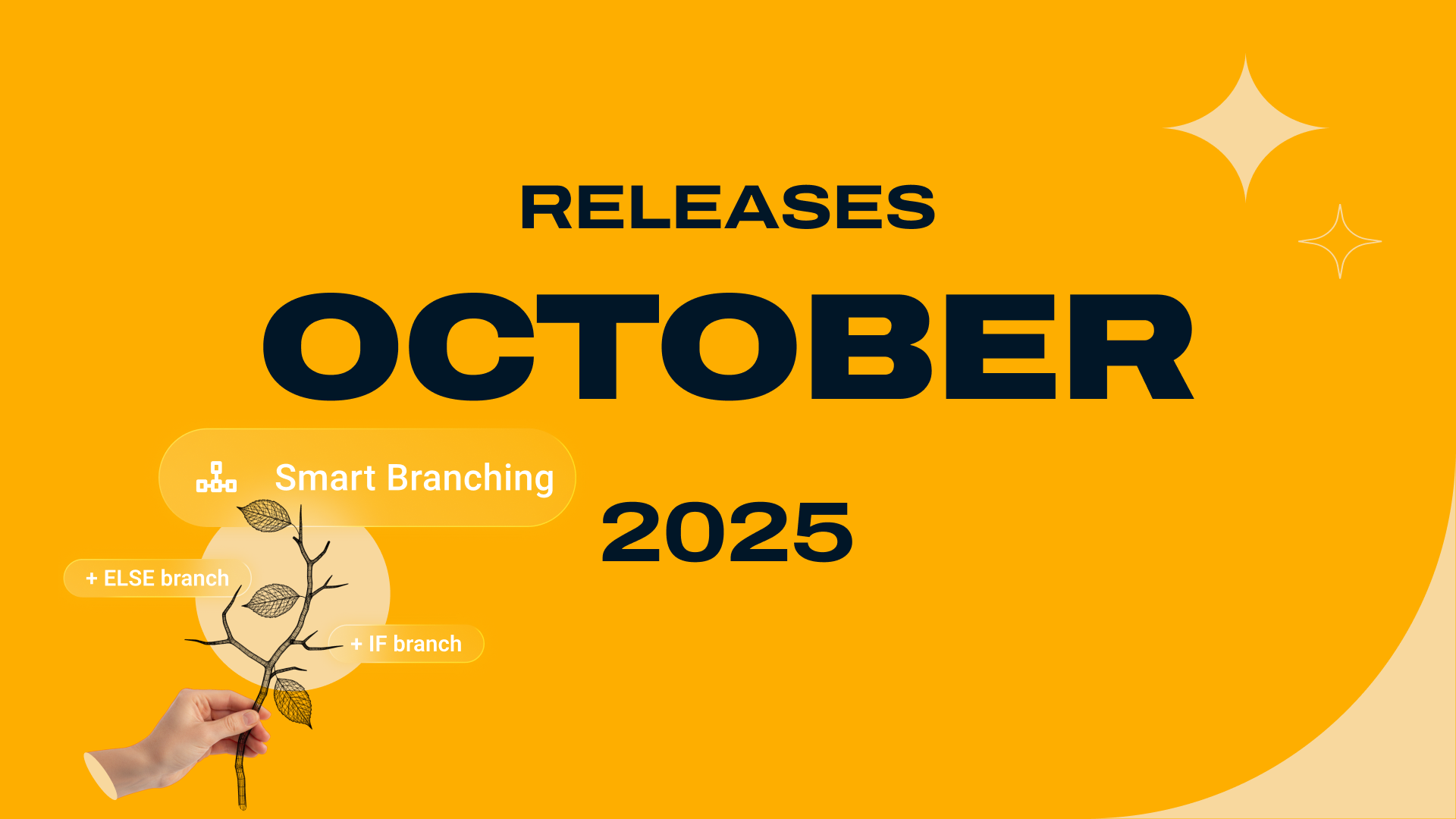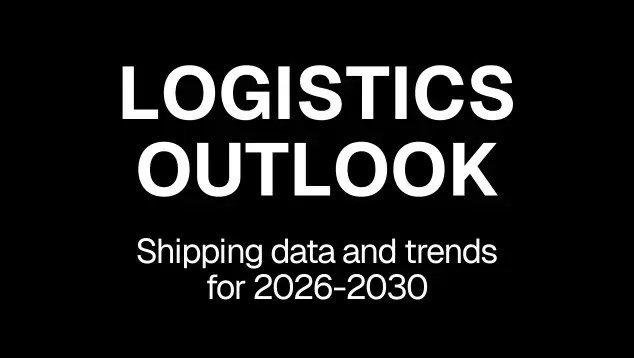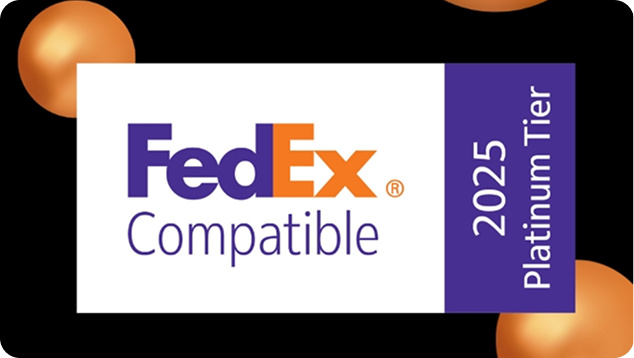Black Friday 2025: statistics, trends, and predictions
Black Friday (and Cyber Monday) are two of the biggest shopping days of the year. In the run-up to Christmas, millions of people wait to buy their presents over this one weekend in November, as many retailers attempt to out-compete each other with special deals and low prices. So as with Black Friday on the horizon, what can we expect for 2025?
What are Black Friday & Cyber Monday and why do they matter?
Black Friday and Cyber Monday are the annual shopping events that kick off the Christmas shopping season. Black Friday, which takes place the day after the American holiday Thanksgiving, is marked by in-store discounts and online deals. It traditionally attracts large crowds to brick-and-mortar stores all over the world.
Cyber Monday happens on the Monday after Black Friday and emphasises online sales. Retailers use those days to offer significant discounts on their websites. The goal of both events is to boost retail sales, with consumers seeking bargains on a wide range of products. Over the years, the distinction between the two has blurred as online shopping has become increasingly prevalent. The 5 days between Thanksgiving and Cyber Monday is sometimes referred to as Cyber Week.
Key statistics from past Black Fridays
The 2024 Black Friday/Cyber Monday weekend marked another record-breaking shopping period, as consumers continued to embrace both online and in-store deals. According to Adobe Analytics, U.S. shoppers spent $41.1 billion online during the five-day period from Thanksgiving to Cyber Monday — up 8.2% year-on-year. Around 200.4 million Americans shopped either in stores or online, showing that the Black Friday tradition remains strong long after the pandemic years.
Despite Europeans and Brits not celebrating Thanksgiving, Black Friday firmly established itself across the Atlantic. In the UK, total spending for the 2024 Black Friday/Cyber Monday weekend reached an £3.8 billion, representing a 27% increase year-on-year according to Finder. The continued cost-of-living crisis encouraged many consumers to plan their purchases well in advance to maximise savings. Shoppers were particularly strategic, comparing prices and waiting for targeted discounts in key categories such as electronics, apparel, and home goods.
In the U.S., Black Friday online sales reached $10.8 billion, up 10.2% from 2023, while Cyber Monday hit a new record of $13.3 billion, up 7.3% year-on-year, making it the biggest online shopping day of the year once again. Adobe also reported that mobile accounted for more than half of all online purchases, as consumers increasingly relied on smartphones for deal-hunting and checkout.
As for product categories, electronics, toys, and home goods continued to dominate sales. Popular purchases in 2024 included smart home devices, gaming consoles, and small kitchen appliances. Average spending per U.S. shopper during the Cyber Week period reached $325, according to YouGov, with many consumers using “Buy Now, Pay Later” services to manage larger purchases.
In the UK, online Black Friday spending alone was valued at £1.04 billion, up 4.1% year-on-year, while total consumer spending per person rose from £221 in 2023 to £258 in 2024, according to PwC. As in previous years, fashion, beauty, and electronics remained the most popular categories. Many British shoppers spread their purchases across several days to take advantage of rolling discounts rather than concentrating on the Friday itself.
Across both markets, returns continued to climb following the surge in online orders — a persistent challenge for retailers dealing with reverse logistics and margin protection. Nevertheless, global e-commerce platforms such as Shopify continued to perform strongly. Independent brands on Shopify reported record traffic and sales volumes during Cyber Week 2024, led by categories such as apparel & accessories, health & beauty, and home & garden.
Looking ahead, early forecasts for 2025 suggest continued growth in mobile commerce and a rise in average order values. Adobe and YouGov anticipate that Cyber Monday 2025 will surpass $14 billion in U.S. online sales, while in the UK, more than half of Gen Z consumers (52%) say they plan to participate in the Black Friday/Cyber Monday shopping events — a sign that this global shopping phenomenon is here to stay
7 Emerging Black Friday Trends in 2025
2024 is shaping up to be one of the biggest Black Friday weeks of all time. Here are a few consumer trends we may see as we head into Cyber Week.
Early shopping
Interestingly, the biggest emerging trend for 2025 is not what consumers are purchasing, but when. 63% of shoppers plan to commence their holiday shopping well in advance this year, even before Black Friday or Cyber Monday. This means that consumers are already hunting down the deals they want, so e-commerce brands need to communicate their plans with their customers. This is in complete contrast to the last-minute holiday rush a lot of retailers expect to see.
Bigger and better deals
Another emerging trend is tied to customer’s expectations. Consumers are expecting even bigger and better discounts from previous years — in some cases a minimum of 30% discount would be considered a good deal. One way e-commerce businesses can combat these high expectations while still turning a profit is to offer bundles and bulk orders to help increase the average order value while still being attractive to bargain hunters.
Smartphone purchases will dominate
Technology will also play an even bigger role in 2025. Purchases made using a smartphone are expected to skyrocket. Last year 60% of all online purchases were made on a mobile. As a result, mobile-specific marketing will be more prevalent, using terms like “tapping” instead of “clicking” in Black Friday campaigns. Traditional stores will also update their shopping apps to make it easier for customers to purchase products using their smartphones.
Social media will have an impact
As consumers begin their Christmas shopping earlier, online businesses also need to start communicating their deals well in advance Black Friday. 25% of consumers get their Black Friday information from social media, followed by 19% who go directly to the website. Businesses can offer exclusive deals, countdown timers or even early bird deals on their platforms to generate excitement. Influencer marketing strategies in the run-up to Black Friday are also a good way to generate buzz.
Sustainability and eco-conscious shopping
As more and more consumers are becoming aware of how their shopping habits impact the environment, more businesses can use Black Friday/Cyber Monday to communicate sustainability initiatives and promote eco-friendly products. It's a win-win for consumers and businesses and we will see more of it during Cyber Week 2025. What’s more, we may even see more anti-Black Friday campaigns, with businesses highlighting their global responsibility by not participating at all.
Increased technology
Technology will play a huge role in Black Friday 2025, with billions of dollars worth of transactions being made online and through apps. Retailers will leverage apps to send exclusive deals, and notifications and streamline the shopping experience for their customers. In the retail sector, the increased use of augmented reality (AR) applications allows consumers to virtually try on products, such as clothing or accessories, before making a purchase.
Easier contactless payments, live streaming and interactive content, hybrid shopping experiences and more dynamic pricing algorithms will all be employed so online retailers can both stay competitive and make the shopping experience as streamlined as possible.
More personalisation through AI and automation
We will also see the rise of a more personalised shopping experience. As businesses vye for customer’s attention, Artificial Intelligence (AI) algorithms can be implemented that can provide more personalised product recommendations based on user preferences and browsing history which will enhance the online shopping experience for bargain hunters on Black Friday. AI can also be used to communicate with consumers through chatbots and virtual assistants.
Keeping all these trends in mind, one thing is for certain — 2025 is going to be one the biggest Black Friday Cyber Monday weekends. With customers expecting even bigger and better deals much earlier than planned, businesses will need to adapt their Black Friday Cyber Monday marketing strategy to make the most of this year’s biggest shopping week.
AI, social media and automation will all play a role in getting consumers to part with their cash over the weekend, and smartphone purchases are likely to reach new heights as online retailers make it easier than ever to make a purchase no matter where you are.
Black Friday 2025: FAQs
1. When is Black Friday and Cyber Monday 2025?
Black Friday 2025 will take place on 28 November, the day after Thanksgiving in the United States. Cyber Monday will follow on 1 December. Together, they mark the start of the Christmas shopping season, both in-store and online.
2. Why are Black Friday and Cyber Monday so important for retailers?
These two days kick off the busiest shopping period of the year. Retailers use them to clear stock, acquire new customers and boost revenue ahead of Christmas. For consumers, they represent the best opportunity to secure discounts across categories like electronics, apparel, beauty, and home goods.
3. How much did people spend during Black Friday and Cyber Monday 2024?
According to Adobe Analytics, U.S. shoppers spent $41.1 billion online during the five-day period from Thanksgiving to Cyber Monday — an 8.2% increase year-on-year. In the UK, total spending for the same period reached £3.8 billion, up 27% YoY (Finder, 2024).
4. What are the biggest shopping trends for 2025?
Key trends include:
Earlier shopping: 63% of consumers plan to start shopping before Black Friday.
Bigger discounts: Buyers expect deals of at least 30%.
Mobile domination: Over 60% of purchases are made on smartphones.
Sustainable spending: More consumers are prioritising eco-friendly and ethical brands.
AI personalisation: Retailers are using AI to tailor recommendations and automate customer service.
5. Will mobile shopping dominate Black Friday 2025?
Yes. Mobile commerce continues to rise year after year. In 2024, more than half of all online sales were made via smartphone, and this figure is expected to increase even further in 2025. Brands are optimising their apps, payment processes, and marketing messages for mobile users.
6. How is social media influencing Black Friday shopping?
Around one in four consumers discover Black Friday deals through social media, making it one of the most influential channels. Retailers are using influencers, countdown campaigns, and early-bird offers to generate excitement before Cyber Week even begins.
7. What role will AI and automation play?
AI will help retailers personalise the customer journey from product recommendations to pricing strategies. Automated tools such as chatbots, virtual shopping assistants, and predictive analytics will enhance engagement and streamline the online shopping experience.
8. How are sustainability and ethical shopping shaping the event?
Consumers are increasingly aware of their environmental impact. Many retailers now highlight sustainability initiatives during Cyber Week — such as carbon-neutral deliveries or recycled packaging. Some brands even launch “Green Friday” campaigns to promote responsible consumption.
9. Are people still shopping in stores on Black Friday?
Yes, but the balance has shifted. While in-store shopping remains popular for its experiential value, online sales continue to grow faster. Many consumers now combine both channels, researching deals online before purchasing in person — a trend known as hybrid shopping.
Emily Browne is a writer for ShippyPro who blends her passion for writing with an interest in all things e-commerce. Emily strives to make complex topics more digestible, proving that the world of logistics isn't as confusing as it sometimes feels! Her expertise in supply chain management, coupled with a knack for storytelling, helps readers navigate the complex world of e-commerce and shipping.













